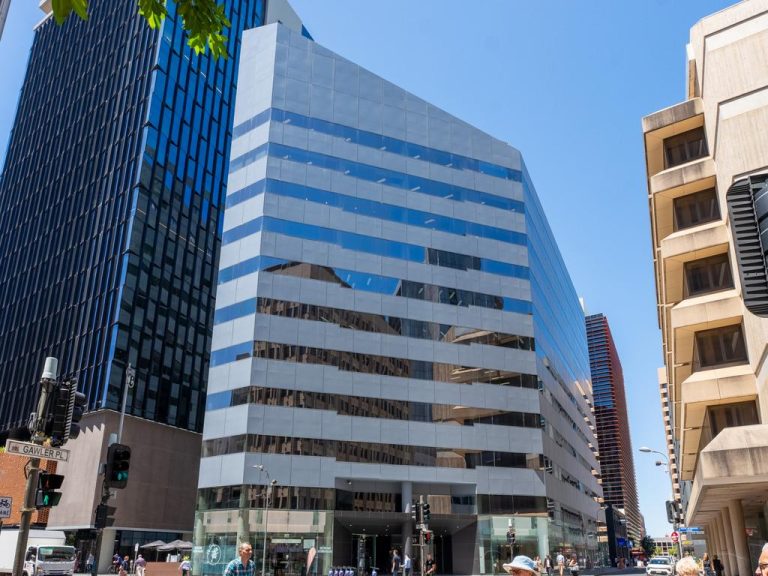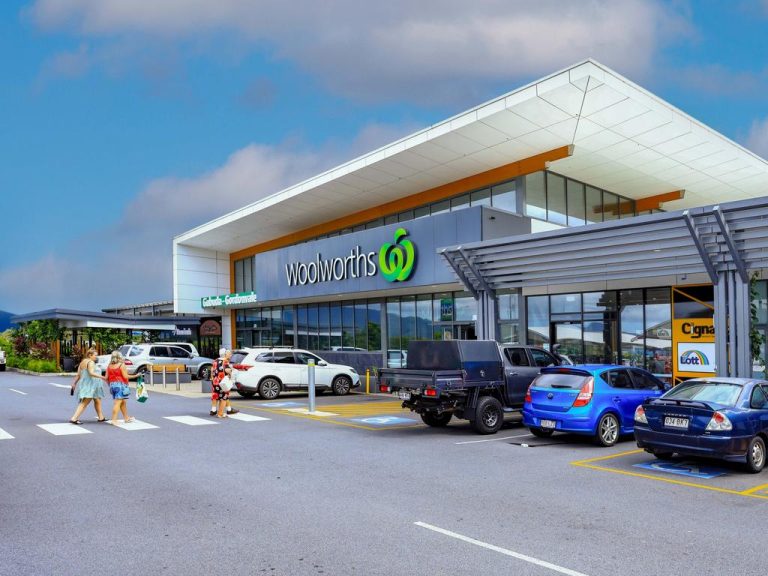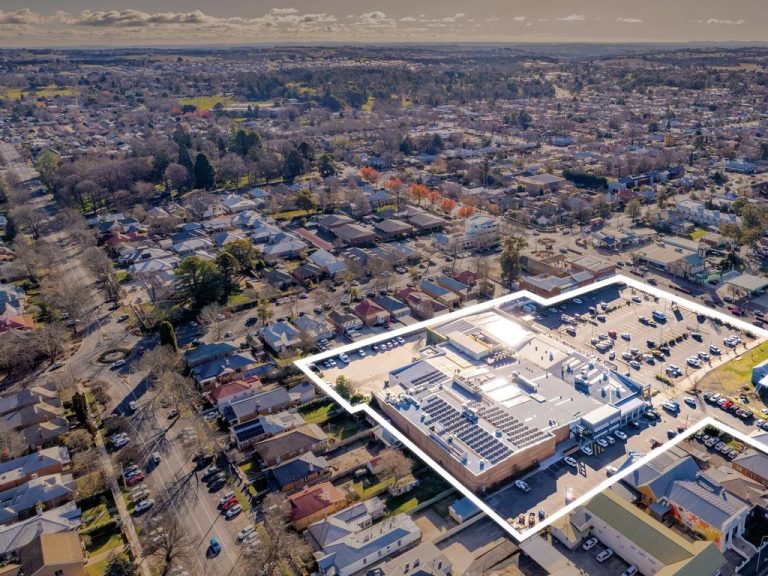Is 2024 the year offshore investors come back to Australia?
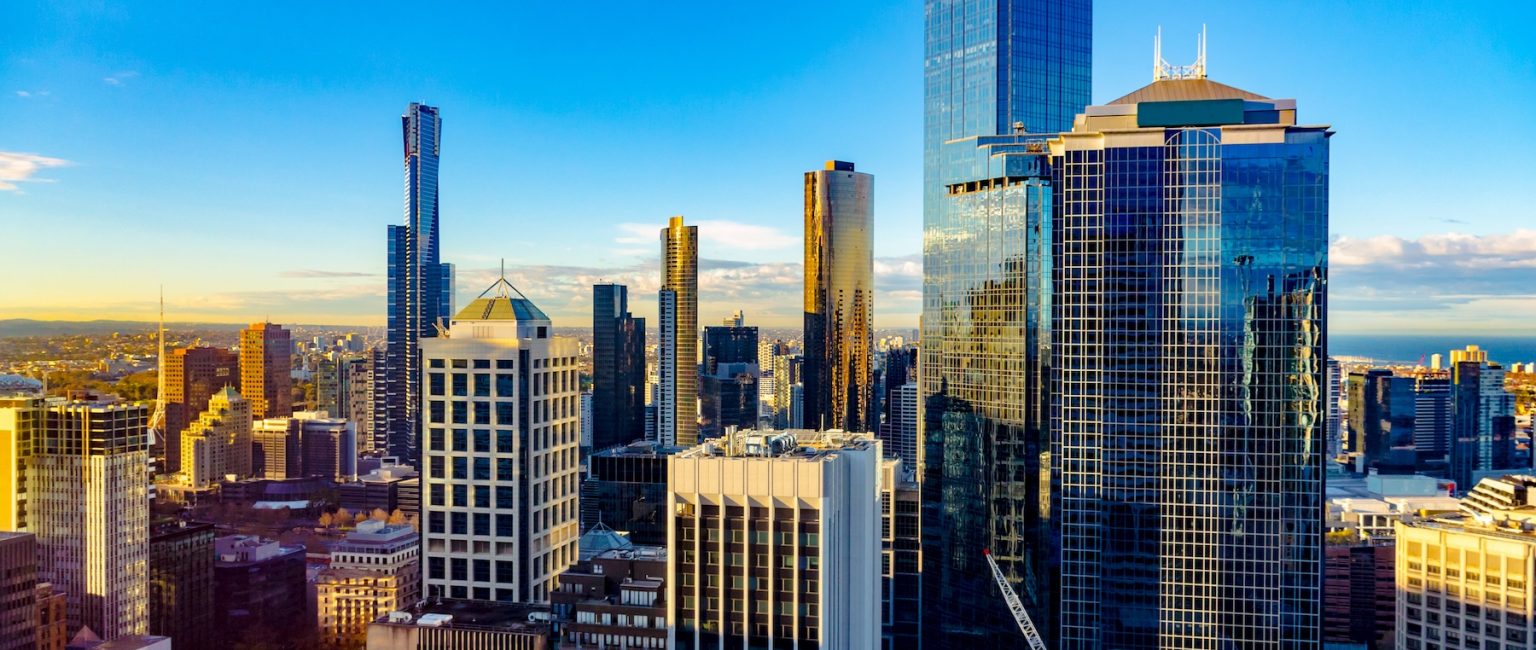
Offshore investment into Australian commercial property hit a decade low in 2023, falling even beneath 2020’s pandemic low when international borders were closed.
Just $8.8 billion was spent on commercial property last year – half the volume spent in 2022, according to MSCI.
While domestic investors were also significantly less active in 2023, spending by offshore groups fell even sharper.
Offshore investors have accounted for about one third of the volume of commercial property transactions on average over the past decade. Last year that proportion fell to 22% – the lowest share in more than 10 years.
High interest rates and more stringent lending criteria have contributed to the fall, impacting domestic and offshore investors alike.
While commercial property values are readjusting in response to higher interest rates and changing market conditions, there remains a significant discrepancy between the price expectations of buyers and sellers.
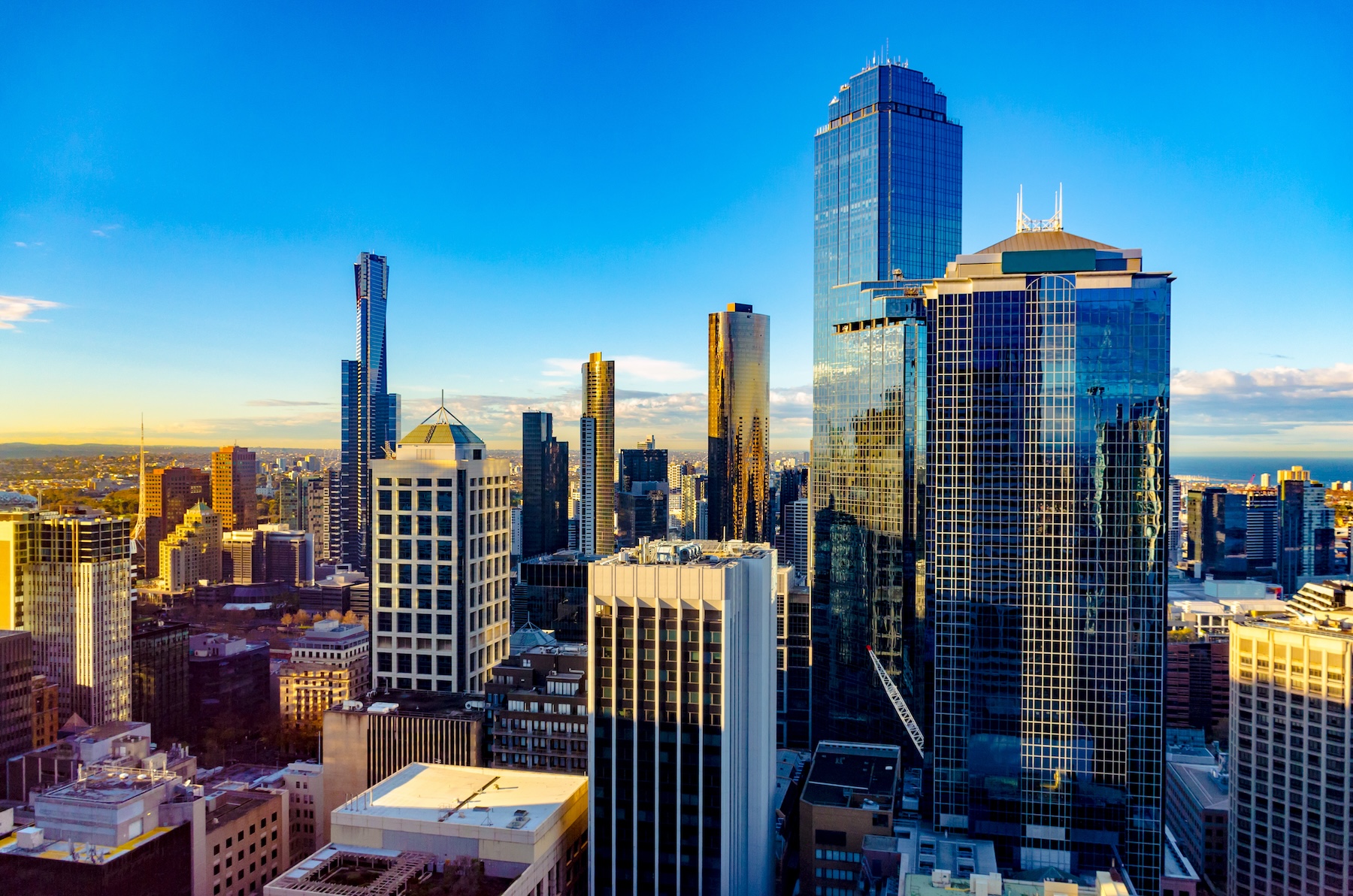
Offshore investor numbers have fallen sharply for commercial property. Picture: Getty
MSCI’s Price Expectations Gap indicator shows that there is a 23% gap in the expectations of sellers and buyers for offices, a 32% gap for retail, and a 14% gap for industrial.
The discrepancy in price expectations for office assets is likely to be contributing to the drop off in offshore demand.
Prior to the pandemic, offices were the go-to assets for foreign investors looking to buy commercial real estate in Australia. Perceived as a relatively straightforward, lower risk asset class, offices had consistently accounted for the highest share of offshore capital into commercial property.
The risk profile of offices has now increased, with Australia’s CBD vacancy rate rising from 8% to 13.5% over the four years post-COVID. In combination with higher capital constraints, this has led to a pricing stalemate which is reducing transactions volumes.
The combined value of offices sold to offshore buyers last year was a staggering 70% lower than in 2022. Last year was also the first time offices didn’t top the list as the most in-demand asset type with foreign buyers, being surpassed by both build-to-rent and industrial.
But offices weren’t the only asset class to take a hit, with sales to offshore buyers also down across retail, industrial, and hotel. Build-to-rent, as a relatively new asset class in Australia, was the only sector where investment rose.
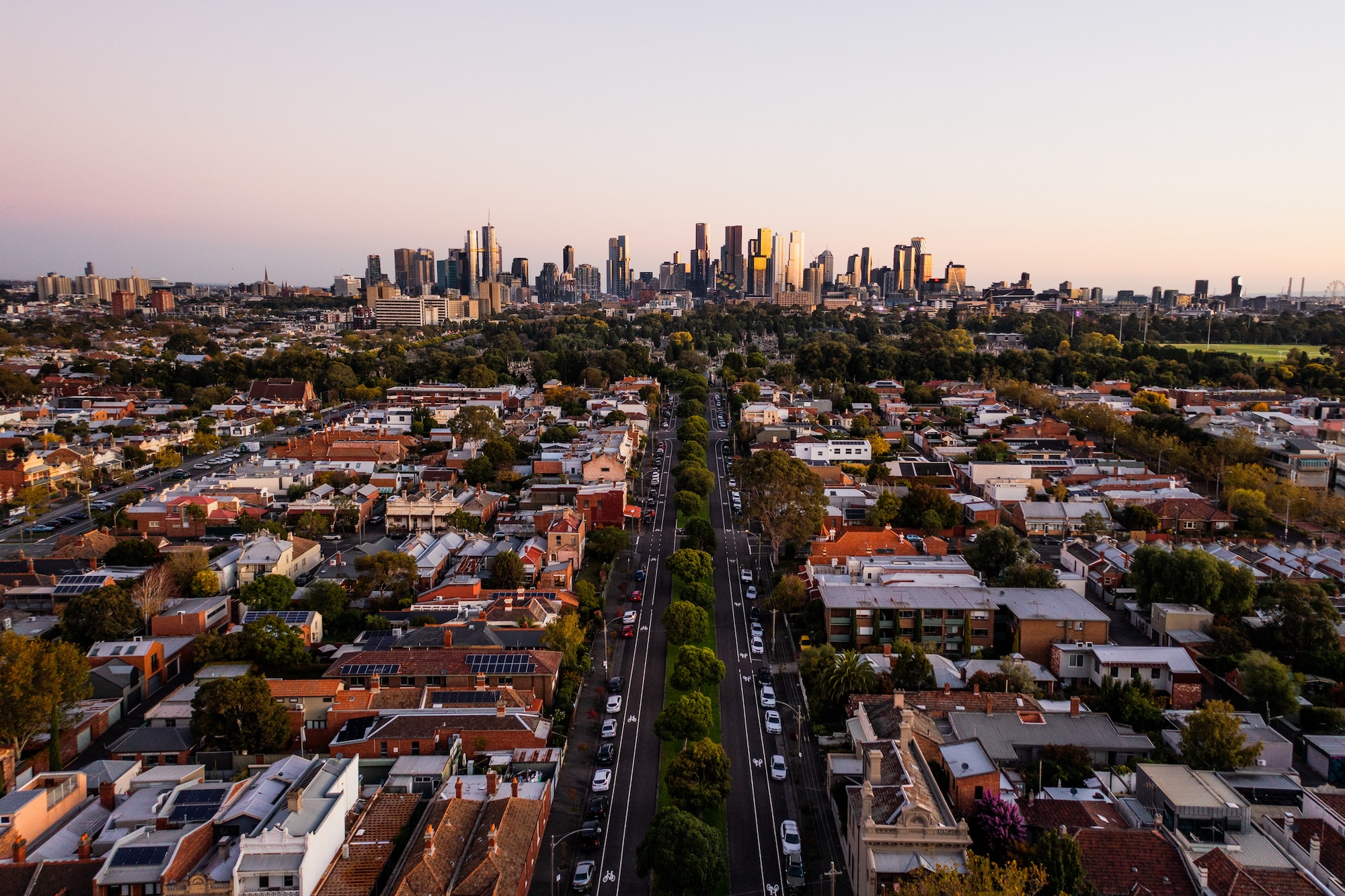
The commercial residential sector, which is made up of build-to-rent and purpose-built student accommodation, recorded its best year yet. Picture: Getty
So, will 2024 be a repeat of last year? Potentially. Largely it will depend on the movement of interest rates and the degree to which the price expectations of buyers and sellers realign.
However, last year’s drop off in offshore demand is unlikely to be permanent. Relative to many offshore markets, Australia offers political stability and economic resilience.
What’s more, Australia’s population is forecast to grow by more than three times the OECD average over the next five years, which will support economic growth and demand for commercial real estate.
Another drawcard has been a declining Australian dollar relative to the currencies of the countries of many of our most active offshore investors.
Australia is and will continue to be an attractive destination for offshore investors, but until pricing readjusts to reflect the higher cost of capital, sales to offshore groups are likely to remain subdued.

